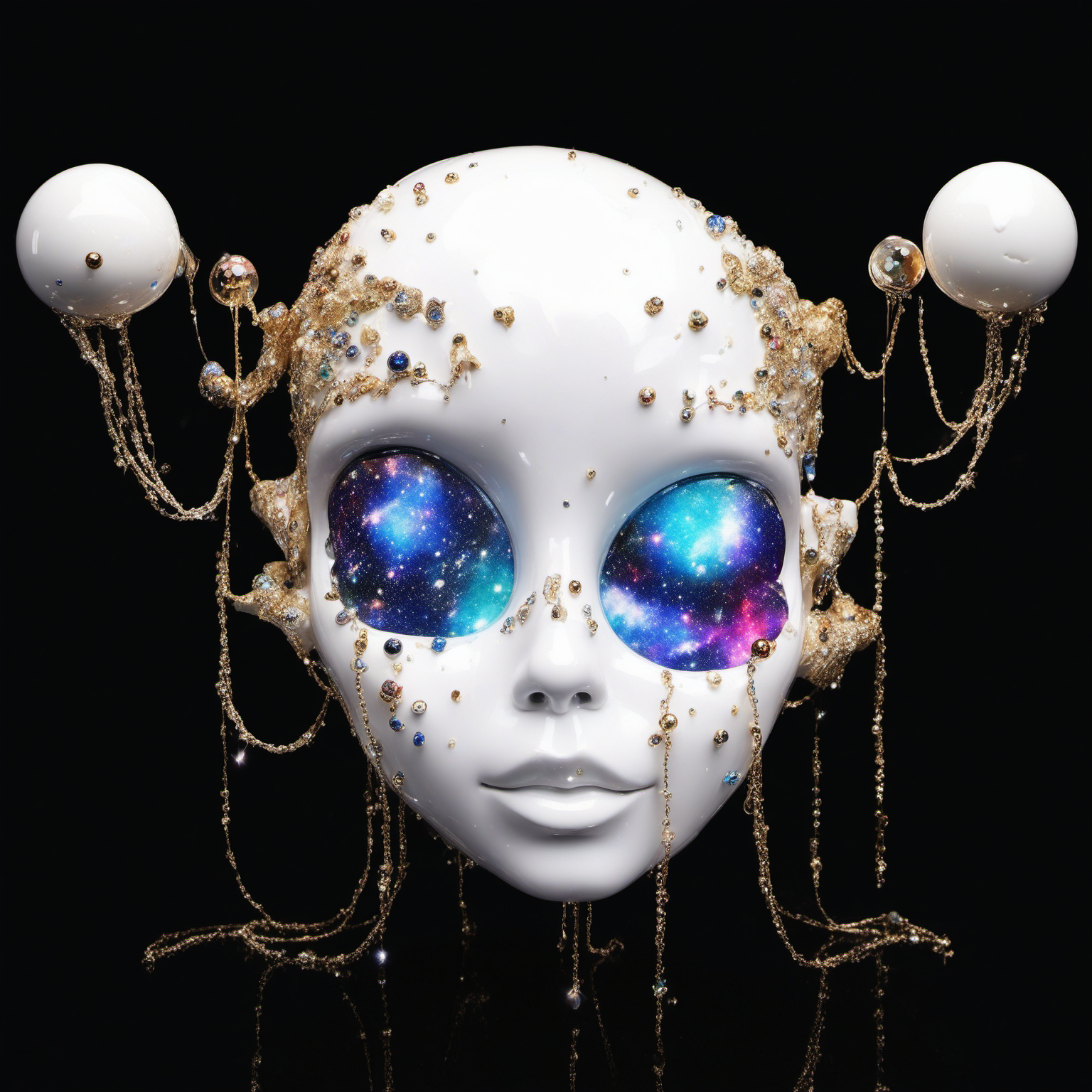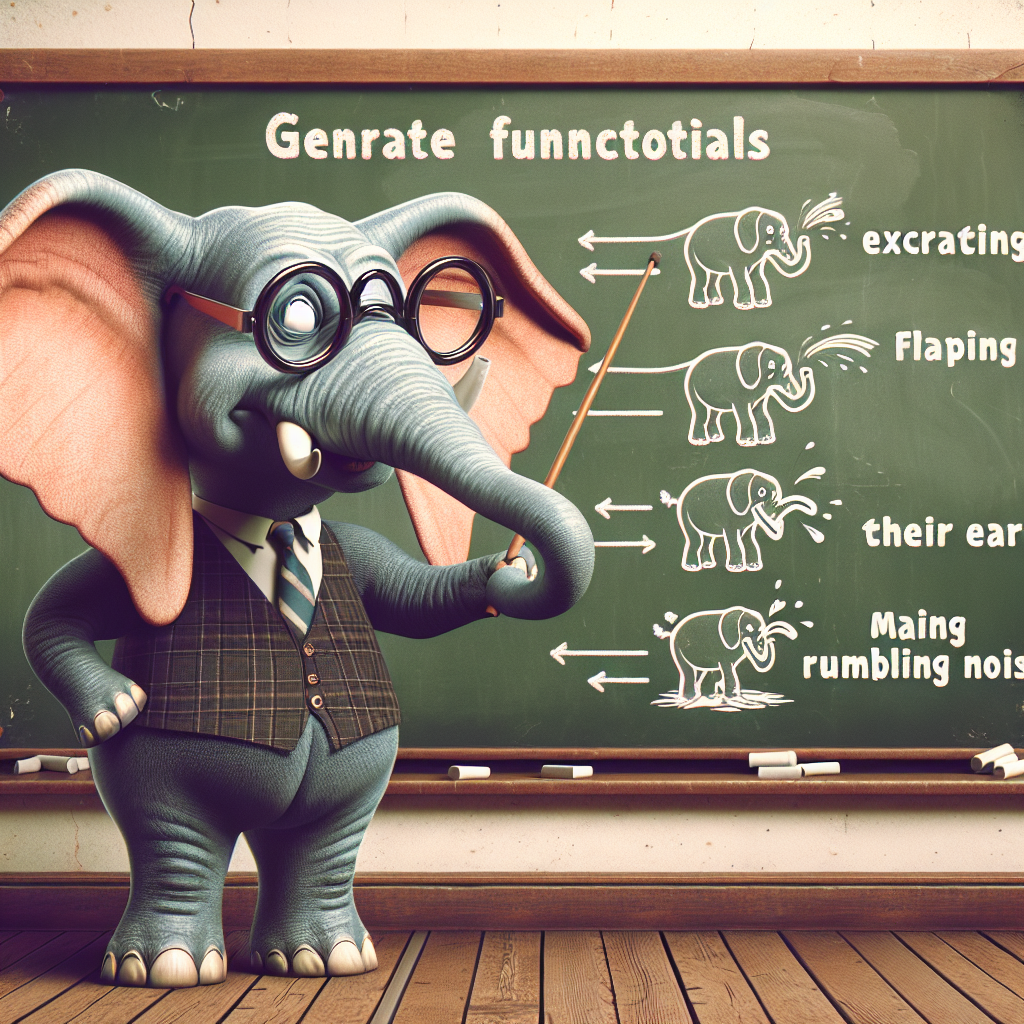Full paper pdf
Summary made by ChatGPT4
The paper, “The Evolutionary Roots of Creativity: Mechanisms and Motivations,” provides a comprehensive examination of creativity from an evolutionary perspective. It explores how cognitive and social mechanisms evolved to support creative behaviors and whether these behaviors have been favored by natural and/or sexual selection. This analysis is grounded in the context of vocal communication, particularly in humans, but also draws on examples from whale and birdsong to illustrate the argument.
Discovery Details
The paper delineates between novelty and genuine creativity, addressing the emergence of creative behaviors despite their costs. It suggests that such behaviors could signify a male’s success despite handicaps, demonstrate a capacity for complex song production indicative of favorable upbringing, or reflect a generally beneficial heightened reasoning capacity. The comparison of whale and birdsong with human creativity serves to highlight the potential evolutionary mechanisms underlying human creative capacities.
Methodological Breakdown
The authors employ a multidisciplinary approach, integrating concepts from biology, psychology, and computational modeling to dissect creativity. They discuss various theories of creativity, including Wallas’ four-stage process (Preparation, Incubation, Illumination, and Verification) and Baars’ Global Workspace Theory, and how these can be modeled using information theory to predict outcomes from sensory inputs.
Challenges and Opportunities
A significant challenge is the subjective nature of creativity and its measurement. The paper identifies opportunities for future research, particularly in developing computational models to quantitatively study the creative processes and in investigating the role of creativity in sexual and natural selection.
TLDR
The paper argues that creativity, particularly in vocal communication, has evolutionary roots. By examining mechanisms of novelty detection and the evolution of vocal traditions among non-humans, it sheds light on the cognitive and social underpinnings of human creativity. The use of computational models to explore these processes offers a promising avenue for future research.
AI Thoughts
The findings could significantly impact future research across disciplines, offering insights into the development of AI and computational models that mimic or understand human creativity. The exploration of creativity’s evolutionary basis may inform the design of AI systems capable of more genuinely creative outputs, reflecting the complexity and adaptability of biological systems. This research underscores the interconnectedness of creativity across species, suggesting broader implications for understanding cognition, culture, and the development of complex societies.


